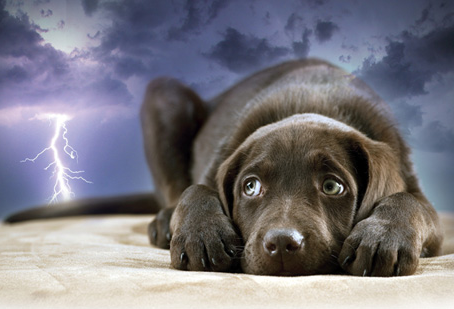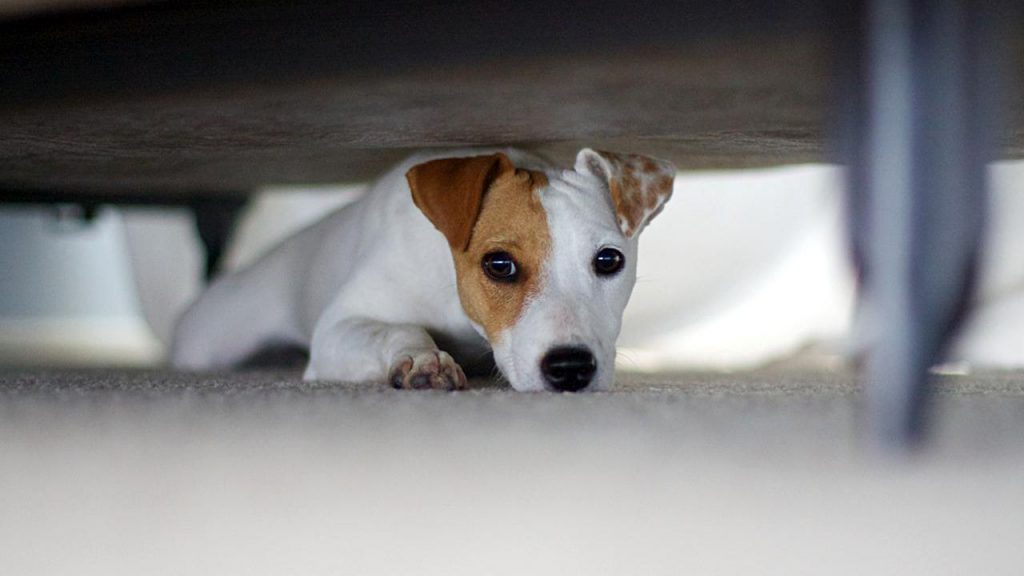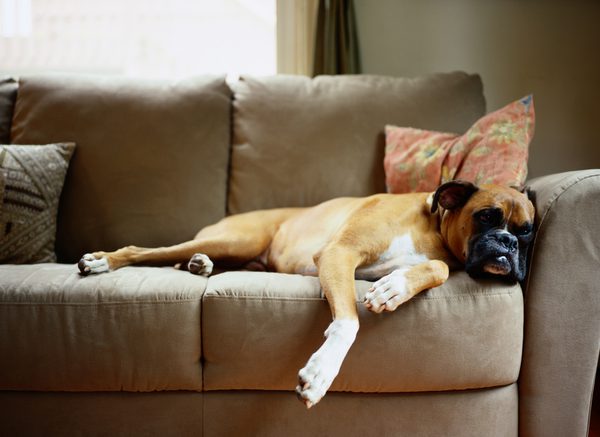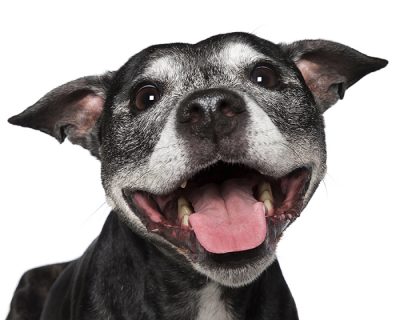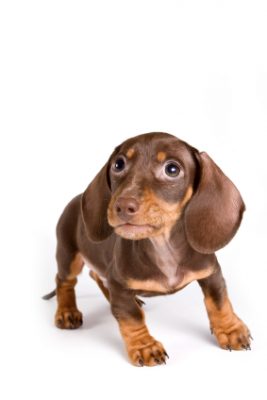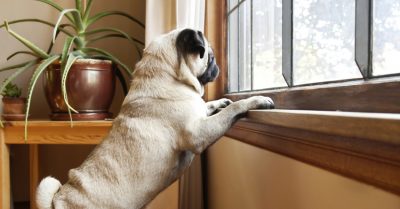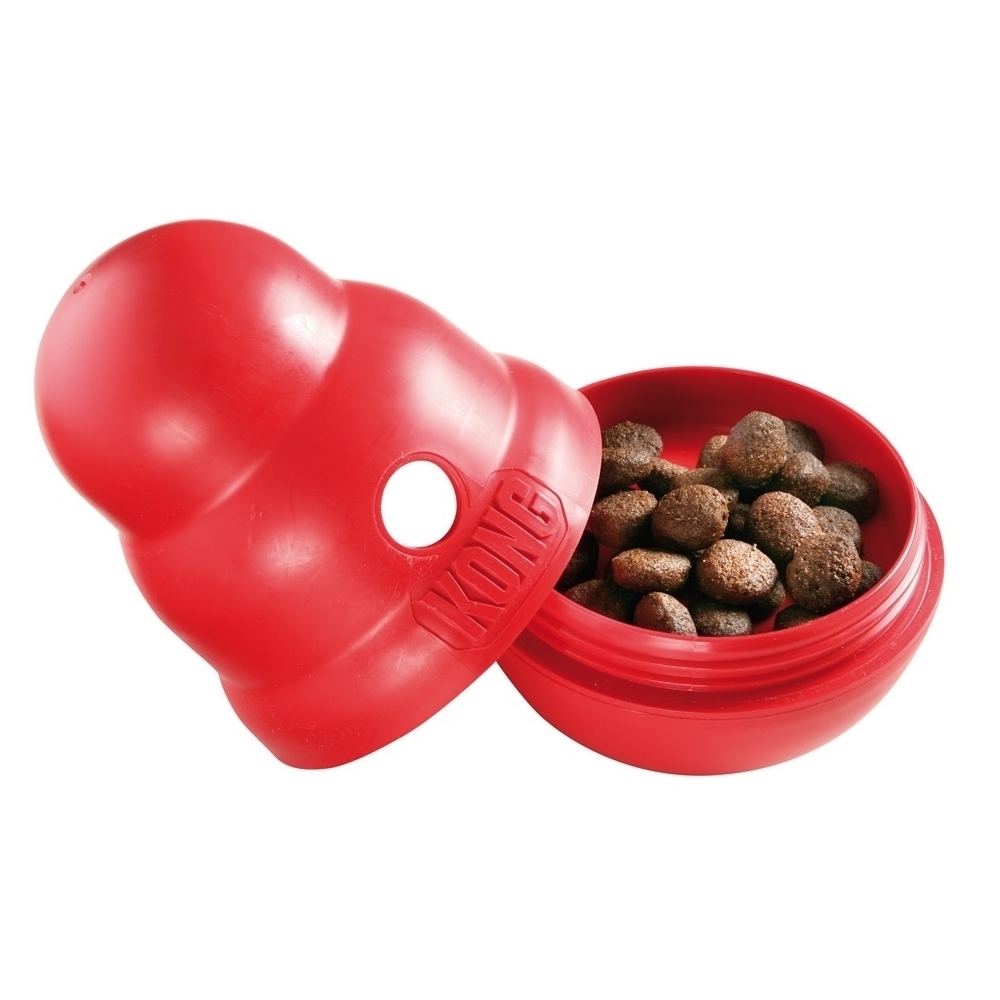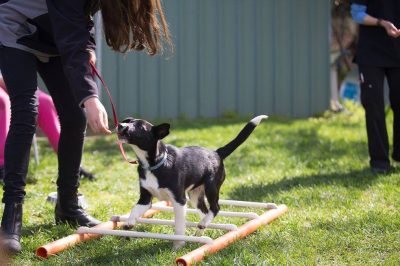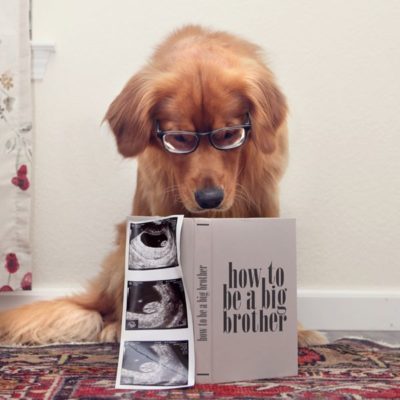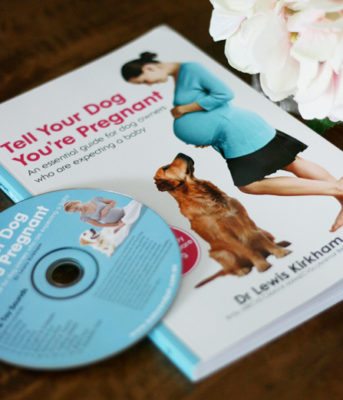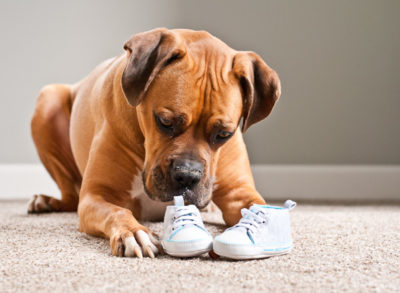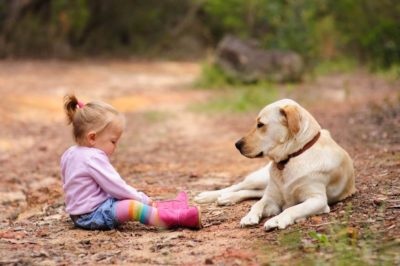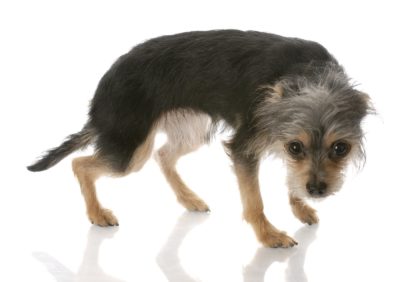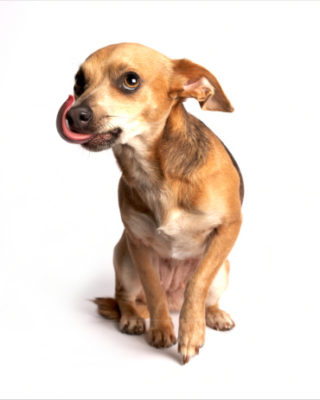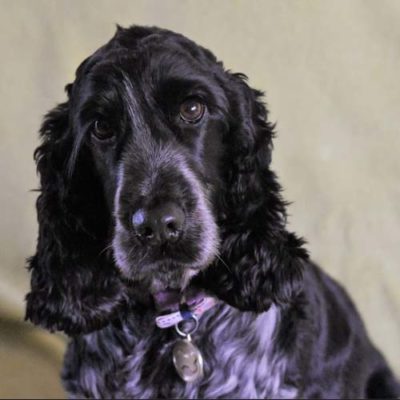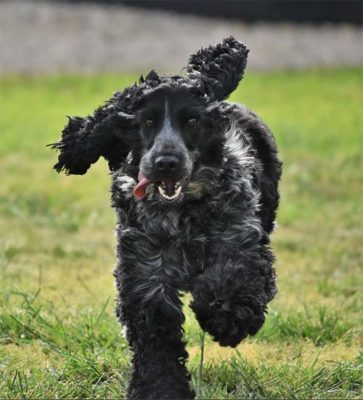
It’s a fact. Not all dogs like to be patted, at least not all of the time.
Dogs have preferences as to where, when and how they like to be touched. They also have preferences for who they like to be touched by. Just because they love a chest scratch from their care giver, doesn’t mean they want the same from a stranger. Even in the same household a dog may enjoy a particular interaction from one member of the family, but not from a different member. The good news is that it’s easy to ask a dog if they like the way you’re touching them. It simply requires some knowledge of dog communication and attention to their body language.
Many dog owners are sure that their dog likes being hugged, however in dog language, hugs can be aversive, and represent intimidation and restraint rather than affection. It’s true that some dogs tolerate or even enjoy a hug, but for the majority a hug is not an enjoyable interaction.
We need to recognise and teach children to learn our dogs “no” signals. When you approach to pick up or hug your dog become aware of attempts to avoid the impending interaction. If you bend down and your little dog moves away, they probably don’t like being picked up much, let alone hugged. Many dogs tolerate our hugs but don’t actually enjoy them. Some dogs don’t mind a hug from their special people, but don’t want the same affection from others.
Here’s a quick summary of how dogs say “yes” or “no”. Sometimes they say “maybe”. I suspect they are conflicted at times because they want our attention but don’t like the type of attention that they receive. It’s the classic walk away and then come back and then walk away routine. Once we change our approach, a “maybe” can soon become a “yes”.
Be aware that all dog body language needs to be observed with consideration of the context within which it occurs, what their whole body is ‘saying’ and the individual dog involved. Just like people, different dogs have little idiosyncrasies and styles of communicating.
Body language that says “Yes”
- Moving into your space, coming to you for physical contact
- Nudging a head into your hand or lap
- Pawing your hand
- Leaning into you
- Lying down near you, touching you or flopping onto you
- Face, mouth and eyes are relaxed and droopy
Body language that says “No”
- Moving away from you, especially if they don’t return. This is so important to take notice of. If a dog does not come to you, do not go to the dog and invade their space, especially if you are unfamiliar to that dog. Do not put dogs in situations where they cannot move away or escape from a patting interaction even when you’re convinced it is pleasant. They may not appreciate it.
- Leaning away from you.
- Turning the head away.
- Looking away from you.
- Shying away or ducking the head away from your hand.
- Rolling the eyes away to show the whites of the eye (whale eye)
- Yawning
- Licking the lips
- Freezing (a tense stillness as opposed to a relaxed stillness)
If you miss the more subtle body language for “no”, the dog may escalate their distance increasing behaviours to become more obvious and effective. Dogs who really find patting aversive (i.e. hate it and can’t wait to escape) may learn to skip the subtle requests if history has taught them that no-one ever listens. When pushed, a dog can learn that growling, snapping or biting are VERY effective strategies to give them space.
Body language that could mean “Yes” or “No”
- Licking your face or hands. This can be asking for space or for you to stop. It is a common appeasement signal. Appeasement behaviours function to reduce or get rid of some part of the interaction which they do not like without using overt aggression. It can also be a sign of affection from a very mouthy, licky dog.
- Rolling over and expose the belly. If the dog is tense, lips are drawn back and tense, this means “no”. It is another appeasement behaviour. If the dog is floppy and the eyes are soft or closed, this means “rub mah belly”. Refer to the pictures below.
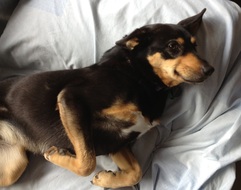
* Ears pinned back (one forward due to pressure of couch)
* Tight mouth, pulled back at commissure
* Front paws tucked tight, not relaxed
* Quick lick lip
* Back legs rolling partially open but tense

* Mouth relaxed (floppy gums dropping with gravity, exposing teeth)
* Front legs floppy and relaxed
* Back legs relaxed, flopping wide open with gravity
* Skin around eyes soft, not taut
* Body relaxed, stretched out fully, lying fully on back
- Paw raised. If the dog is tense and the body is leaning away, it means “no”. If the dog is leaning towards you and body is relaxed, it can be “yes” or “maybe”.
- Walking away. Some dogs will walk away and come back. They may want attention from you, but not the sort you are giving. If you change what you are doing, they may stay.
- Mouthing the hand. This may mean “no” if it occurs whilst you are petting and stops when you stop. Some dogs show affection by mouthing, so they may gently mouth your hand as you pat them. If it occurs when you stop petting, it could be a mouthy dog requesting for you to continue.
- Being motionless. If the dog is relaxed and choosing to stay without restraint, they may be enjoying the pat. They may lean ever so slightly into your touch, with all the other signs of enjoyment (soft eyes, ears, mouth). If they have “frozen” and are tense or rigid under your touch, almost resisting relaxation or holding their breath, they are probably not enjoying the patting and are waiting for it to stop. You can often feel a pounding heart under the chest of a dog who is very still but not enjoying the contact.
- Lots of wiggling. Some dogs are happy, wiggly, bouncy balls of exuberance who can’t stop moving when they are enjoying an activity. Others are nervous, uncomfortable wigglers who are torn between wanting some attention from you but not liking where or how they are being touched.
Many pet parents notice a difference in the way their dog approaches, stays and responds to them when they take the time to observe, ‘ask’ the dog and accommodate what he/she enjoys.
Reference: This article is adapted from © Sonya Bevan Dogcharming.com.au. She demonstrates some of her points in the following short video.

